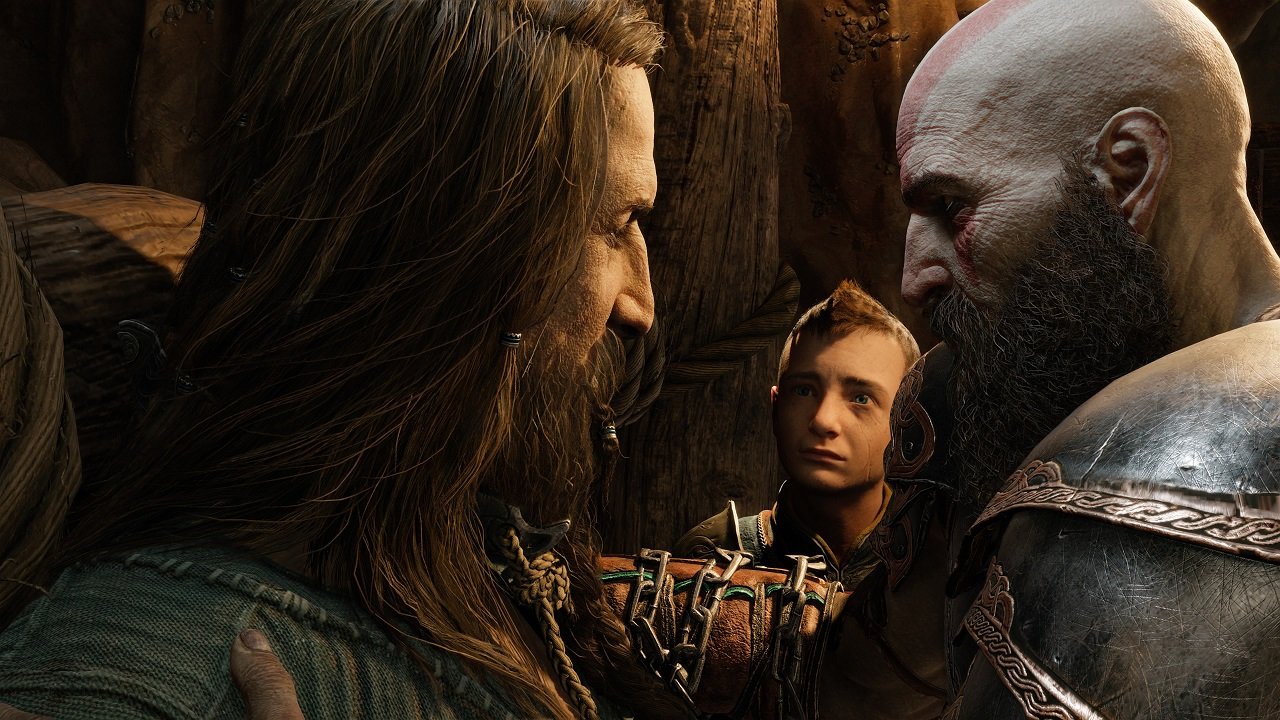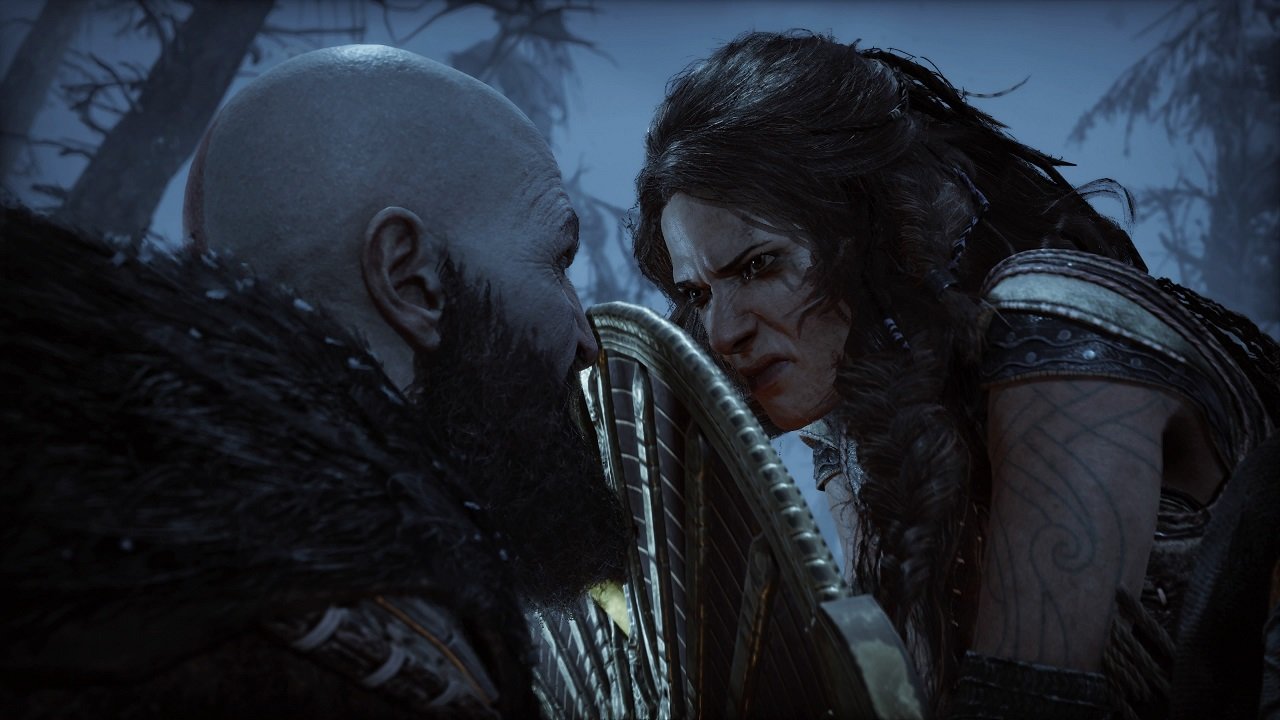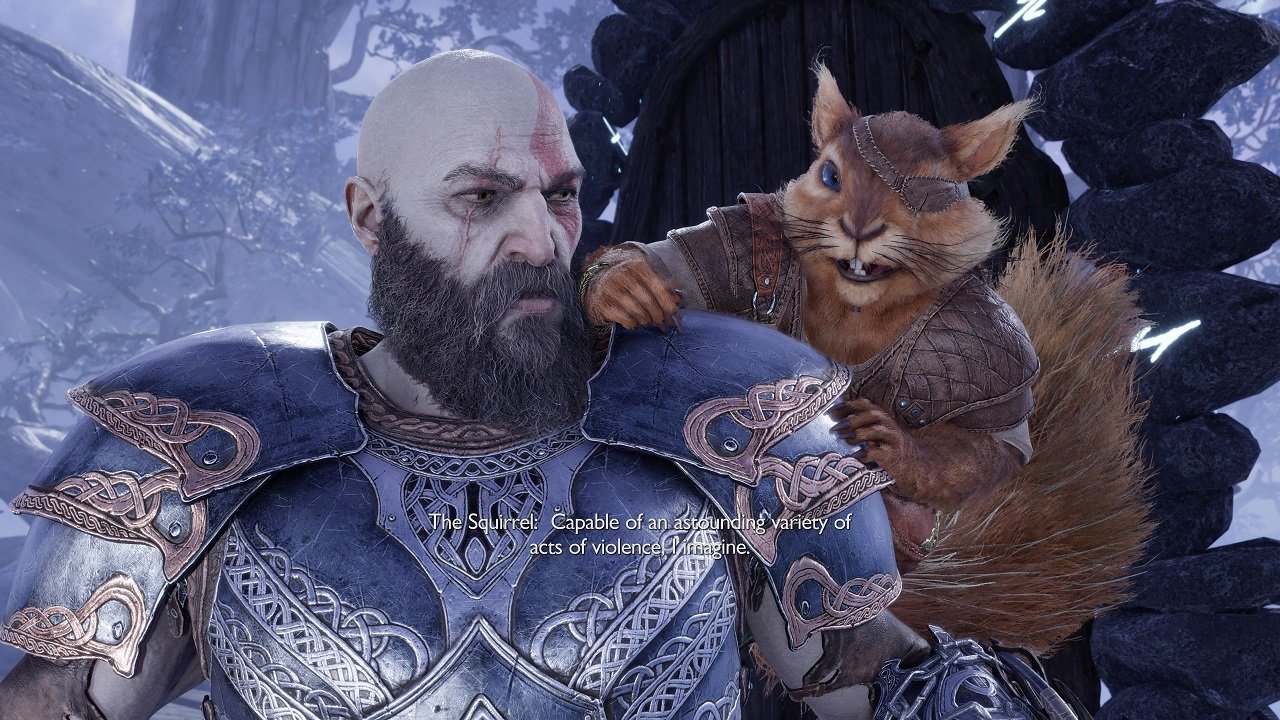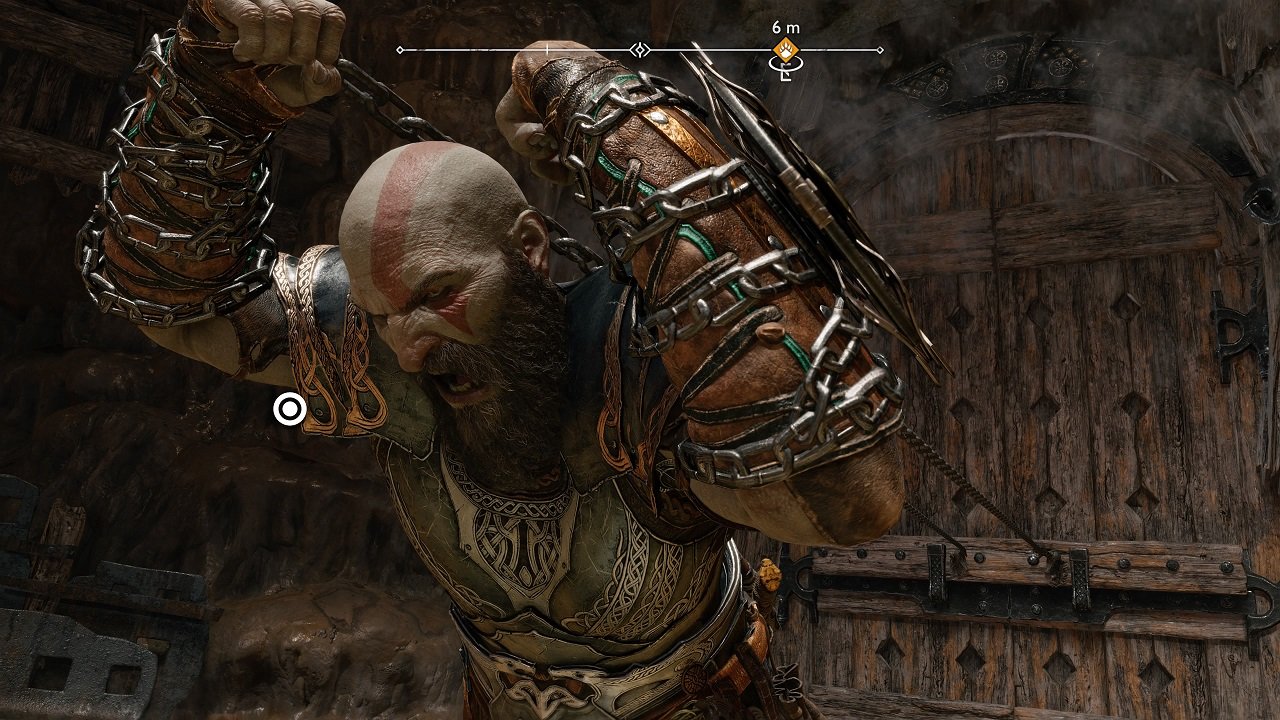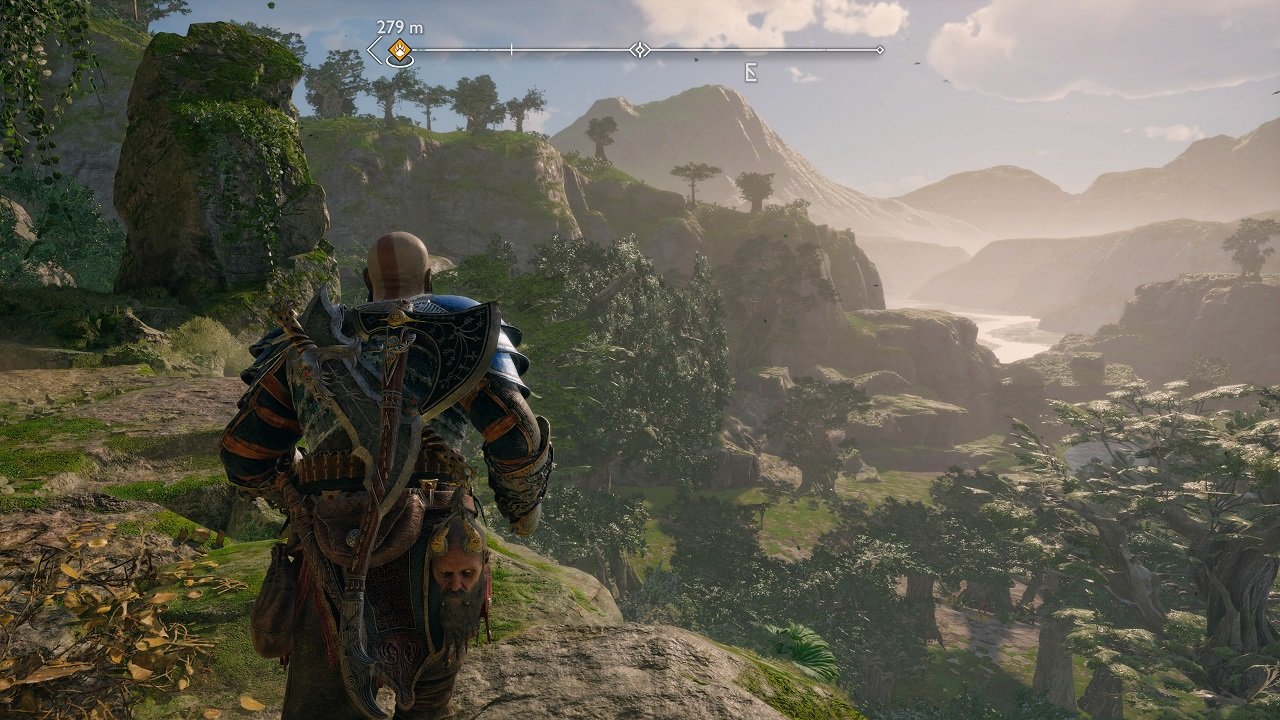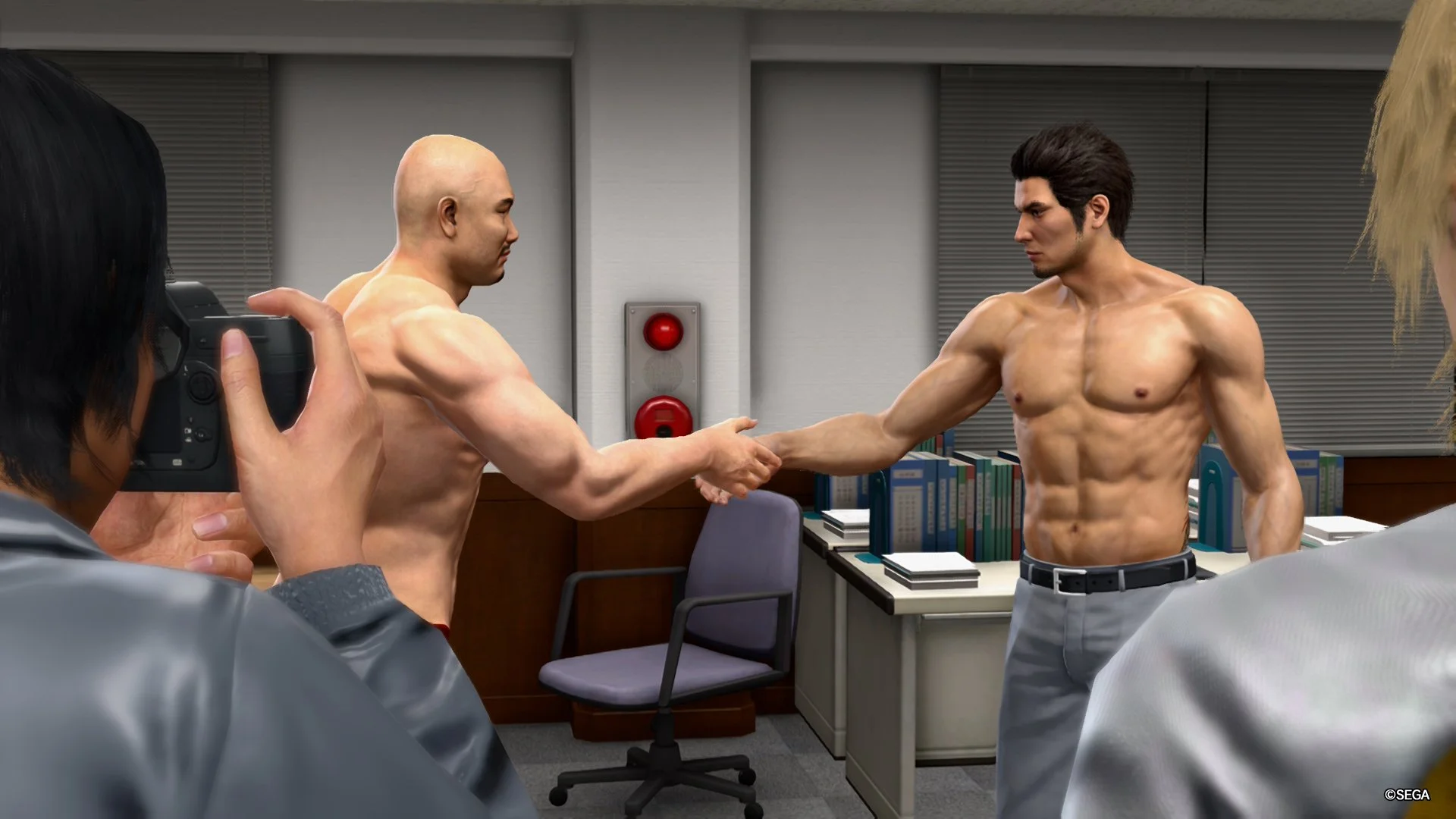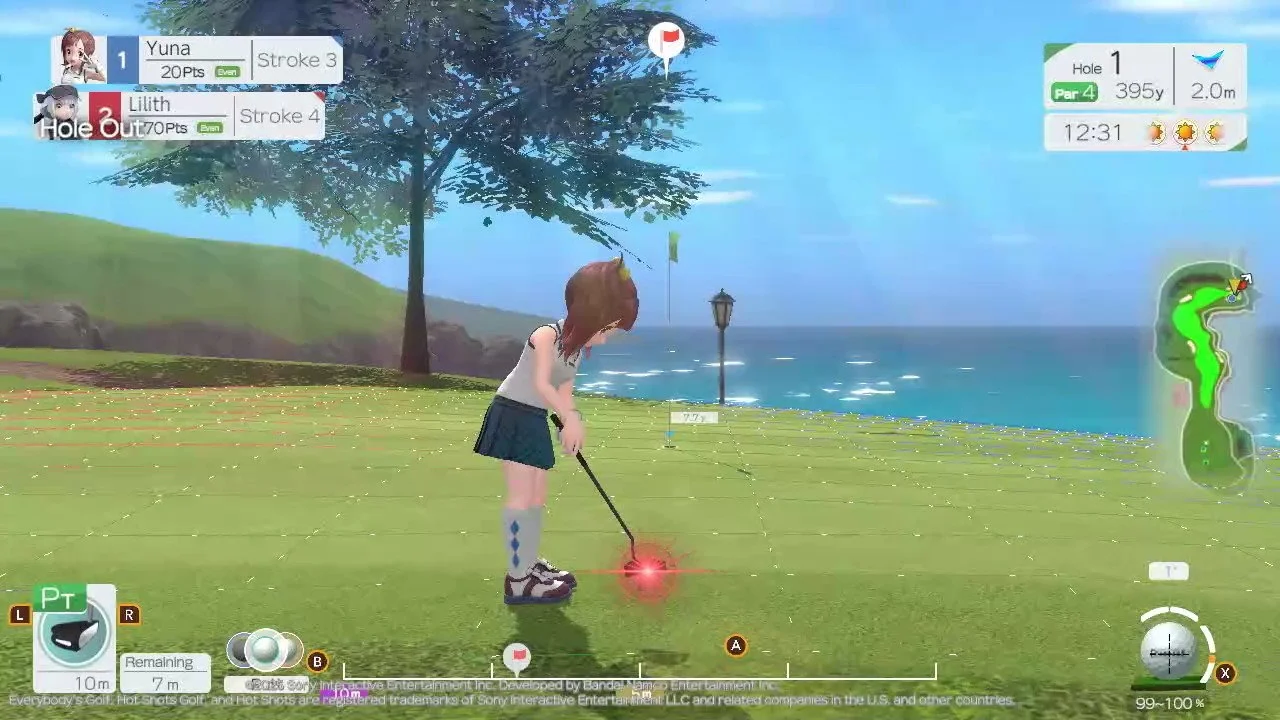God of War Ragnarok Review - Boy No Longer
/The phenomenal God of War (2018) saw the return of fan-favorite Kratos taking on a new world, and a new life. Santa Monica Studio gambled hard with their icon, changing the core gameplay and delivering a more personal and gripping story focusing on a father and son dynamic. It paid off, as God of War is now considered one of the best PlayStation titles ever, for various reasons. Four years have passed and now we have God of War Ragnarok, a follow-up that doesn’t take the same risks as Santa Monica Studio simply improves upon what’s already been established. I’ll always cherish the first game, but boy, this sequel is one of the most gripping adventures you’ll come across this year.
It felt like Santa Monica went all in with Ragnarok, with more characters, more scale, and more of practically everything while raising the stakes ever higher to conclude their take on Norse mythology.
The story - a multi-layered epic
You begin years after the events of the first game. Kratos and a now-older Atreus are still living in the same home, trying to survive the consequences of their actions. The long winter is hitting Midgard hard and the duo soon embark on a journey to learn about Atreus’ origins and gain a better understanding of what they found at the end of the first game.
I’m keeping things spoiler-free, naturally, as this game has multiple layers of captivating storytelling that can only be told in video game form. The first game was more of a personal journey. In Ragnarok, it’s all about the big picture, with Kratos and Atreus at the epicenter of it all.
Kratos – who has transformed from badass god-killer to badass god-killer with a heart of gold – is now more open with those around him. He feels like a complete character, able to show different sides of himself on multiple occasions while retaining his true nature. They explored his ability to be selfless towards those he’s become attached to, and his treatment of Atreus is understandable, and shows how far he has come in accepting his role in Atreus’ life.
The real growth is shown in Atreus, a boy no longer as this game delves deeper into how much he’s matured. He’s eager and caring, but also reckless - a person balancing on the tightrope between childhood and adulthood. He’s more rebellious than ever, focused on proving himself among his peers and driven by a hunt for answers. It’s a coming-of-age story as he’s no longer a sidekick to the once-God of War, but more of a partner in crime.
The two are accompanied by my all-time-favorite talking head Mimir, blacksmiths Brok and Sindri, and other characters I’ll leave out for obvious reasons. Each one serves a specific role in the overall story, but no one’s forgotten as each is provided the opportunity to be fleshed out if you choose to distract yourself with the game’s numerous sidequests. The boat and sled rides between locations remain some of my favorite moments as interesting and hilarious conversations break out, to the point where I purposely went around in circles so as not to interrupt them. Conversations start up almost all the time, with even picked-up lore bits or items triggering reactions. Characters even react to Kratos’ going off the main path to look for treasure (my bad).
Ragnarok tries to cover as much ground as possible, squeezing in small conversations that will eventually shape your impression of a character or situation. Some sections drag a bit for the sake of providing context, as the game eases you in, carefully introducing each of the moving pieces and providing each character with enough backstory and weight as their role in the story evolves.
Both sides of the conflict are explored in Ragnarok, making almost all notable characters multi-layered. It’s difficult to simply tag one as just another bad or good guy. It’s not perfect, as there are some segments that caught me off-guard, as if some story beats were injected for the sake of convenient storytelling.
The time spent fleshing out the story and character motives pays off in the final hours, as everything weaves together nicely, and the twists and conclusions are all effective. The most intimate moments hit hard, and the actors’ performances really bring life to these characters. They’ve done a tremendous job playing out the scenes, especially the animators that bring everything together, all mixed in with a score that makes it clear right away that you’re playing a God of War game, with the scale appropriately epic, especially during the larger-than-life set pieces.
So much loincloth to consider
In between all of the storytelling, Kratos and company will be doing a lot of gruesome combat, and it’s just as satisfying as the first game. The third-person perspective returns, with a loot system that allows players to alter their effectiveness in combat by focusing on specific stats or abilities. If you’re coming from the first game, the core concept of combat in God of War Ragnarok remains untouched, just with more depth for those looking for it.
You still unlock moves and improve found weapon abilities through experience. If you use a particular move enough times, you will then be given the option to improve its effectiveness just slightly by choosing whether it should either deal more damage, build up the stun bar faster, or grant you more resistance while pulling off that particular move. It’s a simple addition, but each choice adds up in the grand scheme of crafting your preferred build.
Crafting is similar to the first game as you’ll need Hacksilver (main currency) and resources looted and found in the world. Once crafted, equipment can be upgraded with the same resources to strengthen their stats. Weapons can have one attachment for an additional perk and added stats, while wrist and waist armor pieces of the same armor type provide a particular perk and will be strengthened if paired together. Chest armor provides a significant perk and can be the main focus of a particular build. There’s also an amulet where you can attach multiple runes that provide stats, and if you slot the same type of rune multiple times, it will then activate another perk.
There’s a lot to consider, so much that I find myself by the blacksmith mixing and matching to see what’s possible, even in the early parts of the game. I appreciate this, as there’s only enough resources to commit to a handful of gear pieces, despite Kratos breaking a crazy amount of pots and chests (there’s a lot in this game).
Combat fit for a god
The complexity of Ragnarok’s combat blossoms in the endgame when you have all the right pieces in place and face the toughest encounters you’ll find in the world. You can increase the potency of your status effects, become more resilient in combat, go all out on power, or even increase the chances of triggering certain buffs when attacking. Or you can simply forget all that, press the auto-equip option, and hack away.
Depending on your chosen difficulty option (there are four), you can go simple to just enjoy the story, or opt for a more punishing playthrough. Ragnarok is also the most accessible title in the franchise due to the array of accessibility options available at launch. Whether it’s vision or hearing problems, hatred of motion blur (me), or even how much the camera shakes, there’s something for someone to adjust in this extensive list of options to make for a more comfortable experience.
How you approach each encounter depends on the enemy types in the field, since certain enemies have unique properties that need to be exploited, as neglecting their weaknesses grants enemies the advantage. As you progress and have a better understanding on how to deal with each one, the combat eventually evolves into your constantly switching between weapons and skills on the fly. Freeze an enemy in place by throwing the Leviathan Axe; instruct Atreus to focus on an enemy heading your way; burn away their icy barrier; shield bash to break other shields - all of these actions happening in quick succession feels fluid and satisfying, even entertaining to watch as Ragnarok still features the signature God of War executions only Kratos can perform masterfully.
We then have the big boss encounters that are a staple of the franchise: challenging, high-profile fights that are accompanied with visually-impressive choreography and simple quick button prompts to keep the player engaged. These encounters are explosive and are one of the biggest highlights. God of War Ragnarok is a spectacle in these moments, especially on a big screen, and its effects keep the adrenaline pumping well after the combat ends.
Another magical mystery tour through the nine realms
In case it wasn’t obvious enough, God of War Ragnarok is not linear by any means, as the game opens up to Kratos and Atreus visiting multiple realms. Some are large enough that a boat or a sled are needed to travel from one point of interest to another, while some are small enough to feel like a pipeline to shepherd your progress through the story. The game does give the impression of being open-world, but the larger areas feel more like hubs of sorts, and each point of interest that populates these areas is treated as a level with its own waves of enemies, lore, and puzzles that will most likely lead to a treasure chest.
Each realm featured in Ragnarok has unique gimmicks that block your path, tricky puzzles that (most of the time) can be solved with the weapons at your disposal. The Leviathan Axe can freeze water or gears, the Blades of Chaos burns clumps of vines, and Atreus’ arrows can also clear a path – there’s always a clever way to move forward, and it thankfully doesn’t feel repetitive or dull as the developers keep these roadblocks slightly different to keep you thinking.
It’s easy to get distracted in Ragnarok, and it doesn’t help that the game keeps suggesting that you go off the rails and explore. When I do, I hardly regret it. There’s some fodder content and collectibles here and there, but nothing that made me feel like it was a waste of time as each detour did eventually lead to a new armor piece or a bit of lore that expanded my understanding of the world and its characters.
Exploring the nine realms also features multiple photo-worthy moments, but it’s a crime that the game launched without any kind of photo mode. From the chilling winter of Midgard, to the humid amazon-like rivers of Alfheim, all the way up to the rocky mines at Vanaheim – each area looks stunning in its own way. Ragnarok delivers such a level of dense detail in the environments and characters that zooming into the imperfections of an armor piece, or watching Thor’s stomach jiggling during a cutscene was weirdly impressive to me. Be it the water reflections, character animations, or the transition from a dark cave to the open sunny riverside, it’s crazy to see this amount of detail implemented in a video game.
If there’s one thing God of War Ragnarok failed to do, it is to come out being leaps and bounds better than the previous game. Upgrades are seen in all aspects of this sequel, but not to a point where it leaves the first game in its dust. That’s how good the first game was four years ago, and its quality still holds true to this day.
What we have here is more of everything. The folks at Santa Monica Studio haven’t lost their touch at delivering a high-quality, triple-A experience, but don’t expect this title to break borders in its subgenre.
I simply enjoyed the hell out of this video game. This journey comes out swinging and never lets up. Even during its subtle moments, you'll be captivated one way or another by the characters, the scenery, and the level of quality that only a handful of creators can accomplish. The folks at Santa Monica Studio are true masters of their art, and I can’t recommend God of War Ragnarok enough.
9/10
Highlights
PROS
An epic story with fleshed out characters that’s worth going through from start to finish
Still the same good old combat as the first game, with added depth for those looking for it
Larger than life encounters only a God of War game can deliver
Visually stunning world with a lot to do
CONS
Nothing groundbreaking, just an improvement of what was already there
A few lengthy story beats that could be considered dragging
WHAT I’VE PLAYED
Played over 34 hours of the game so far
Completed the overall story
Primarily played and finished on the PS5, played the first few hours of the PS4 version
Went through the Give Me No Mercy difficulty
[Reviewer was provided a PS5 review copy from the game’s publisher.]

